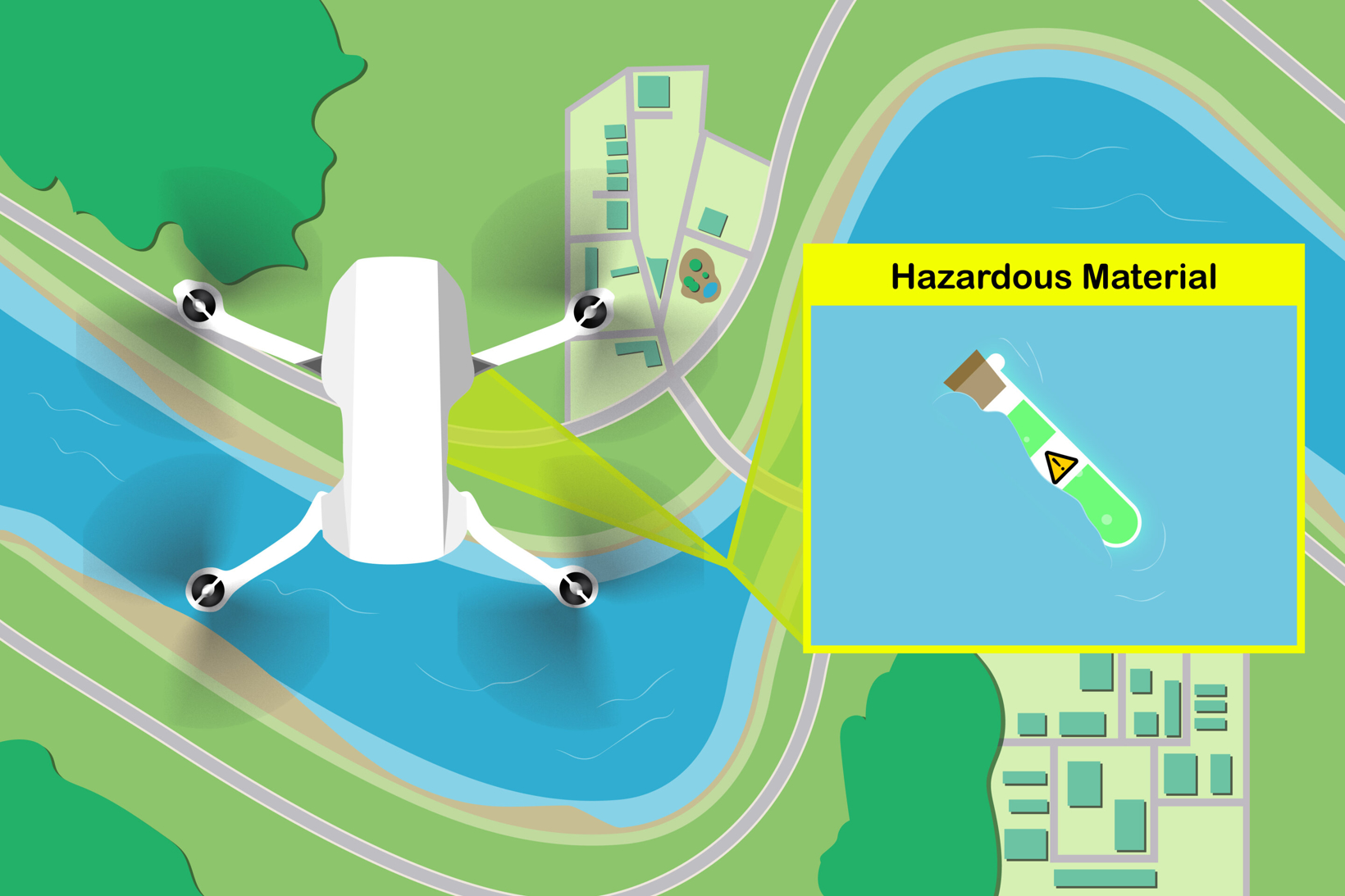Osaka Metropolitan University Develops New Lightweight Framework for Faster, More Accurate Drone Remote Sensing Object Detection
Remote sensing object detection is a rapidly developing field within artificial intelligence, playing a critical role in advancing the application of unmanned aerial vehicles (UAVs) in disaster response, urban planning, and environmental monitoring. However, designing models that balance high accuracy with fast and lightweight performance remains a challenge.
Drones typically capture images of objects in various sizes, angles, and lighting conditions on devices with limited computational power. Therefore, there is a market need for an innovative deep learning model that can provide robust results without relying on a large amount of computing resources.

Image source: Tokyo Metropolitan University
According to foreign media reports, in order to address these challenges, a research team from Osaka Metropolitan University, led by graduate student Hoang Viet Anh Le and Associate Professor Tran Thi Hong and their collaboration team, has developed a new detection framework specifically designed for drones. This research was published in the journal Scientific Reports.
The core of this research is the Partial Reparameterization Convolution Block (PRepConvBlock), which reduces the complexity of convolution operations while maintaining strong feature extraction capabilities. This innovation makes it possible to use larger convolution kernels, allowing for longer-distance feature interactions and significantly expanding the receptive field.
Based on this, the researchers introduced a Shallow Bi-directional Feature Pyramid Network (SB-FPN), which integrates information between shallow and deep feature scales to enhance visual representation.
These innovative achievements are gathered in a new architecture called SORA-DET (Shallow Optimization Reparameterization Architecture Detector).
SORA-DET is specifically designed for drone remote sensing and can carry up to 4 detection heads, achieving high precision and efficiency. In benchmark tests, the detector achieved a mAP50 of 39.3% on the challenging VisDrone2019 dataset and a mAP50 of 84.0% on the SeaDroneSeeV2 validation set—surpassing the performance of most large-scale models while significantly reducing size and increasing speed.
In fact, SORA-DET requires nearly 88.1% fewer parameters than traditional single-stage detectors, and the inference speed is up to 5.4 milliseconds.
The compact design, high detection performance, and real-time adaptability make SORA-DET a highly promising solution in the field of drone-based remote sensing. By achieving precise object detection on lightweight devices, this research opens up significant applications in areas such as disaster management and search and rescue operations.
【Copyright and Disclaimer】The above information is collected and organized by PlastMatch. The copyright belongs to the original author. This article is reprinted for the purpose of providing more information, and it does not imply that PlastMatch endorses the views expressed in the article or guarantees its accuracy. If there are any errors in the source attribution or if your legitimate rights have been infringed, please contact us, and we will promptly correct or remove the content. If other media, websites, or individuals use the aforementioned content, they must clearly indicate the original source and origin of the work and assume legal responsibility on their own.
Most Popular
-

Zf asia-pacific innovation day: Multiple Cutting-Edge Technologies Launch, Leading Intelligent Electric Mobility
-

Mexico officially imposes tariffs on 1,400 chinese products, with rates up to 50%
-

List Released! Mexico Announces 50% Tariff On 1,371 China Product Categories
-

Fire at Sinopec Quanzhou Petrochemical Company: 7 Injured
-

Argentina Terminates Anti-Dumping Duties on Chinese PVC Profiles! Kingfa Technology & Siemens Sign Digital and Low-Carbon Cooperation Agreement






